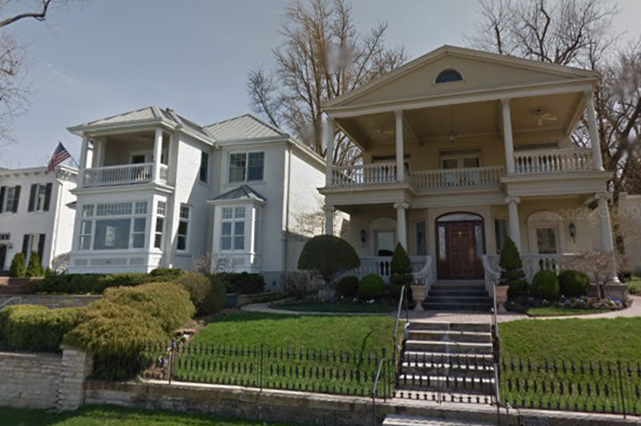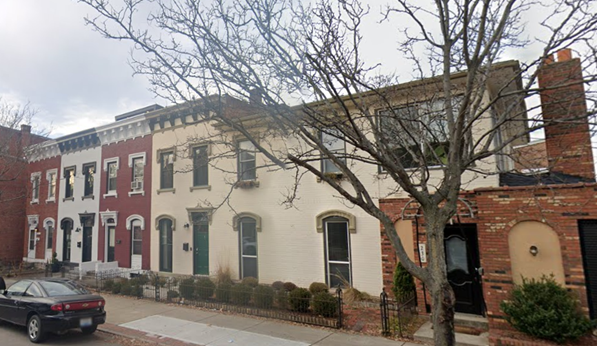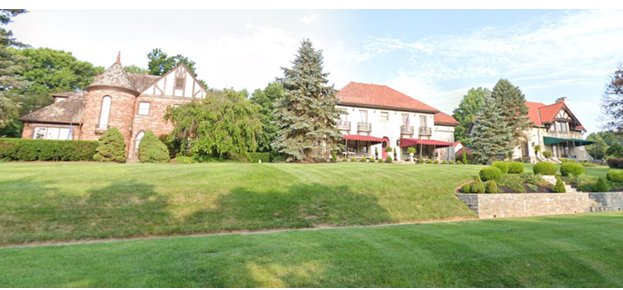About
Goals & Objectives
Elements
Research & Public Engagement
Historic Preservation Report
 Historic preservation is often defined as the process of identifying, protecting, and enhancing buildings, places, and objects of historical and cultural significance1. This process includes: the identification and evaluation of historical, architectural, and cultural resources in an area; development of planning and legal measures to protect these resources; and the allocation of public and private funding for the design, rehabilitation, and/or adaptive use of historic structures along with ongoing maintenance. This section outlines the importance of historic structures and areas, how they can be protected through designation, a county inventory of historic properties, places, or structures, and how to plan for the protection and preservation of Kenton County’s historical resources.
Historic preservation is often defined as the process of identifying, protecting, and enhancing buildings, places, and objects of historical and cultural significance1. This process includes: the identification and evaluation of historical, architectural, and cultural resources in an area; development of planning and legal measures to protect these resources; and the allocation of public and private funding for the design, rehabilitation, and/or adaptive use of historic structures along with ongoing maintenance. This section outlines the importance of historic structures and areas, how they can be protected through designation, a county inventory of historic properties, places, or structures, and how to plan for the protection and preservation of Kenton County’s historical resources.
The Commonwealth of Kentucky is in the top ranks for protection and preservation of recognized historic communities and neighborhoods. Kentucky ranks fifth in the nation in total listings on the National Register of Historic Places with 3,492 individual listings2. In addition, the Kentucky Heritage Council (KHC) through the Kentucky Historic Resources Survey is actively documenting historic places across the Commonwealth. This information is cataloged in the Kentucky Historic Resources Inventory (KHRI) database, which currently documents over 100,000 buildings, sites, and other structures5.
Historic properties are cultural resources that provide more benefits than merely preserving the past for future generations to experience and enjoy. They provide economic development and tourism opportunities that otherwise may not exist. Preservation efforts can give new life to communities by restoring the richness of the past and attracting new residents and businesses.
 While many historic structures are easily identified within urban areas, due to their architectural design and composition of building materials, there are a substantial number of rural heritage areas, consisting of historic farms and homesteads, which often go un-noticed. These rural heritage areas are currently the most threatened historic areas within the state, often being consumed by sprawl and unplanned growth. This is particularly true for areas such as Kenton County which have experienced rapid growth and development over the past several decades.
While many historic structures are easily identified within urban areas, due to their architectural design and composition of building materials, there are a substantial number of rural heritage areas, consisting of historic farms and homesteads, which often go un-noticed. These rural heritage areas are currently the most threatened historic areas within the state, often being consumed by sprawl and unplanned growth. This is particularly true for areas such as Kenton County which have experienced rapid growth and development over the past several decades.
Historic preservation efforts can occur over entire districts or by individual properties. In addition, properties located in historic districts, at any level of designation, experience an increase in value because they afford owners and investors with assurance that a neighborhood is protected from inappropriate changes to architectural detailing that would affect the unique identity of the area.

 Another method, utilized by the City of Covington, is to be designated a Certified Local Government (CLG) 4. Localities recognized as a CLG become an active partner in the Federal Historic Preservation Program and the opportunities this program provides. These opportunities include access to federal funding, technical advice, and a diverse network of partnerships and organizational contacts to utilize. Additionally, recognition as a CLG also shows the commitment of a community to protect resources that are historically significant from the past for future generations. Additionally, the City of Covington has recently established the Covington Academy of Heritage Trades6 , which is in partnership with the Business Industry Association (BIA) of Northern Kentucky, and who’s mission is to create a skilled workforce for the historic trades. This effort will bring jobs for citizens and rehabilitation assistance for property owners of historic homes.
Another method, utilized by the City of Covington, is to be designated a Certified Local Government (CLG) 4. Localities recognized as a CLG become an active partner in the Federal Historic Preservation Program and the opportunities this program provides. These opportunities include access to federal funding, technical advice, and a diverse network of partnerships and organizational contacts to utilize. Additionally, recognition as a CLG also shows the commitment of a community to protect resources that are historically significant from the past for future generations. Additionally, the City of Covington has recently established the Covington Academy of Heritage Trades6 , which is in partnership with the Business Industry Association (BIA) of Northern Kentucky, and who’s mission is to create a skilled workforce for the historic trades. This effort will bring jobs for citizens and rehabilitation assistance for property owners of historic homes.